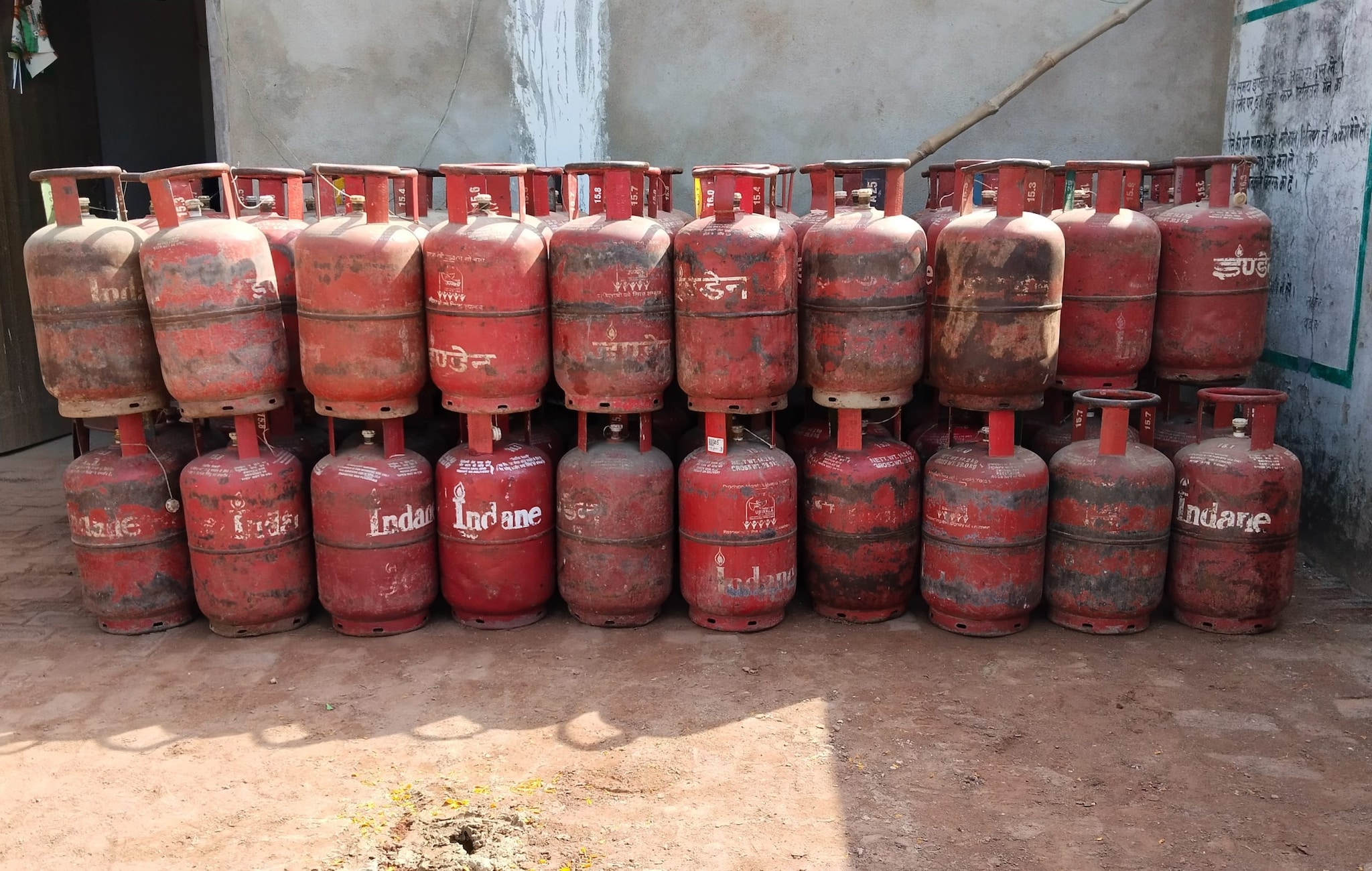Banks eyeing the demand for faster payments — from consumers and corporate clients alike — know they must offer real-time capabilities.If they don’t, they risk losing those customers to financial institutions (FIs) that do.The PYMNTS Intelligence report “Real-Time Readiness: Bridging Gaps in FIs’ Instant Payments Adoption,” a collaboration with The Clearing House, found that banks face several challenges as they strive to meet those real-time payments needs.
Chief among the hurdles are technical considerations, which lead to concerns about cost.The data from about 270 surveyed banking executives indicated that 8 in 10 banks that offer instant payments saw “a positive impact” on their customer retention. Among the use cases that were cited as being enthusiastically embraced by banks, 52% of FIs said customers sent money to pay monthly bills, 49% said individuals sent money to other individuals, and 41% said users paid down loans with instant payments.

As for FIs that are already on TCH’s RTP® network or the Federal Reserve’s FedNow® Service, 9 in 10 said they plan to innovate their offerings in the next three years. Among FIs that do not offer instant payments, 8 in 10 said they plan to add them in the next three years. Of that latter subset, there’s a sense of urgency, as many seek to get on board with instant payments functionalities within the next six to 12 months.
The GapHowever, the movement onto real-time networks is primarily the domain of large FIs, which have better resources in terms of staffing and funds to be allocated to connectivity initiatives compared to small FIs.Overall, 7 in 10 FIs are connected to instant payments capabilities. Large FIs, defined as banks with more than $10 billion in assets, are six times more likely to be connected to real-time rails than small FIs, those with assets of between $500 million to $2.
5 billion. That puts small FIs under pressure to innovate and move ahead with their instant payment roadmaps. Only 11.
5% of the smallest FIs are connected to both real-time platforms, compared to more than 57% of the largest FIs.Drilling down a bit, nearly 35% of all FIs surveyed said the lack of connectivity came as they felt the “technical integration is too difficult,” and nearly 29% said integration costs are too high. That reflected a set of challenges across a widespread sampling of banks regardless of asset size.
The headwinds were likely most keenly felt by the 48.6% of small FIs that were not connected to either RTP or FedNow.Overall, 60% of FIs said large banks — those with regional or national footprints — benefit most from offering the ability to receive instant payments, while about 31% said the same about small FIs, a roster that included community banks and credit unions.
However, there may be a positive ripple effect as small FIs eye their peers that have connected to one or both real-time services. More than 63% said they experienced a very or extremely positive impact from offering instant payments — and customers were more likely to stay with them.The post Instant Payments Offerings Deliver Big Impact for Small Banks appeared first on PYMNTS.
com..
Business

Instant Payments Offerings Deliver Big Impact for Small Banks

Banks eyeing the demand for faster payments — from consumers and corporate clients alike — know they must offer real-time capabilities. If they don’t, they risk losing those customers to financial institutions (FIs) that do. The PYMNTS Intelligence report “Real-Time Readiness: Bridging Gaps in FIs’ Instant Payments Adoption,” a collaboration with The Clearing House, found [...]The post Instant Payments Offerings Deliver Big Impact for Small Banks appeared first on PYMNTS.com.














